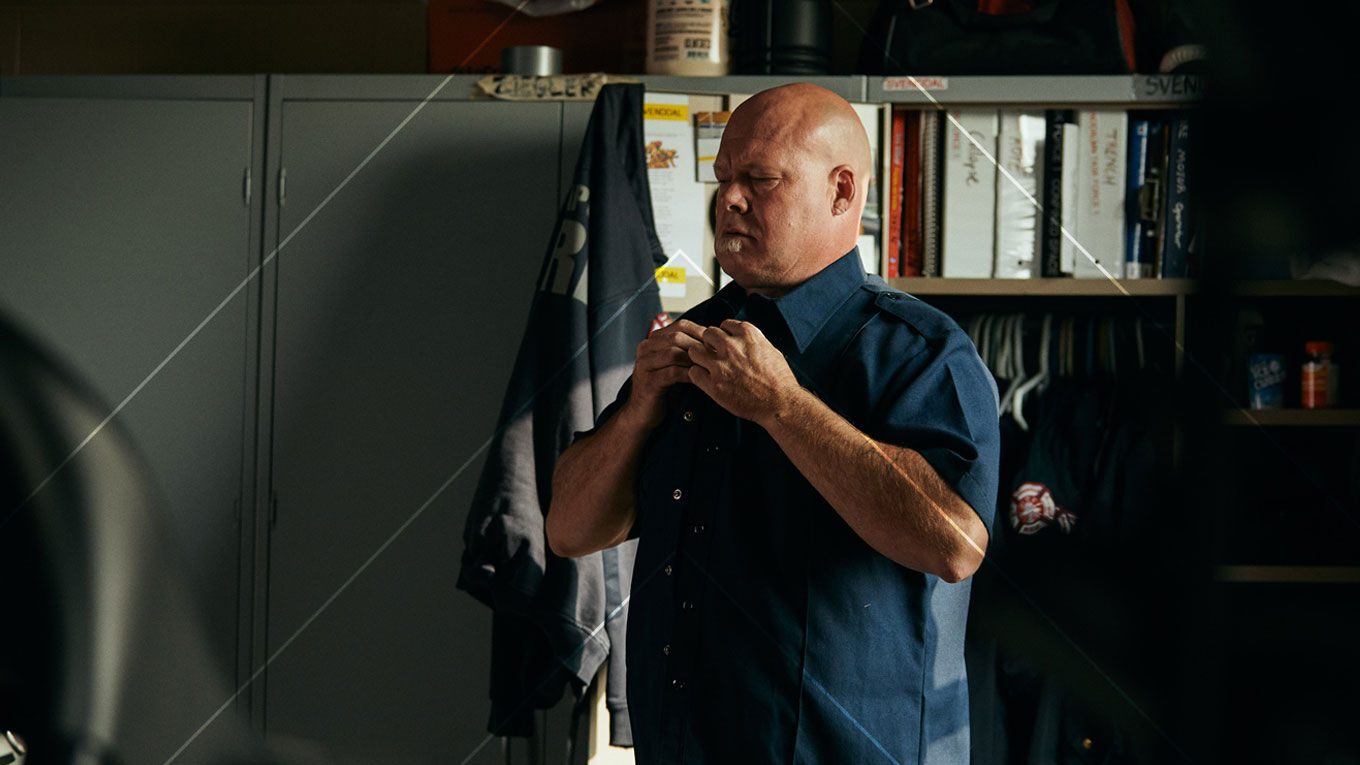FR Station Wear: A Critical Layer of Firefighter Defense

Firefighters’ primary personal protective equipment (PPE) is tough stuff: Every fabric used in their turnout coats, pants, gloves and structural hoods—from outer shells to innermost layers—are required to have flame-resistant (FR) properties that meet rigorous certifications and testing standards. This is a big part of the reason most firefighters believe their turnout gear is ready to roll in the worst-case fire scenarios and will help them escape safely. But is this always the case?
Project Mayday, a fire service study first published in 2018, surveyed 5,012 fire departments in 50 states and found hundreds of incidents where turnout gear was overwhelmed, leaving firefighters alive yet suffering burn injury under their gear.(1) One of the contributing reasons for this is that modern construction practices and materials have vastly accelerated the time to “flashover,” a situation where every combustible surface and material in an enclosed space ignites at once, potentially overwhelming turnout gear. According to UL, this fiery explosion now happens up to eight times faster than in the past: Fifty years ago, firefighters had an average escape time of 29 minutes. Now, they have less than five.(2)
One of the ways fire departments gauge the protection afforded by their turnout gear is by looking to its Thermal Protective Performance (TPP) rating. Today’s minimum TPP rating is 35. Divide that number by two, and you have the number of seconds to 2nd-degree burn at a heat flux of 2 cal. In layman’s terms, that means that in certain situations, firefighters will have just 17 seconds before they experience a 2nd-degree burn under their gear. And these are 17 seconds as determined in a lab, not in real-world environments where turnout gear can be “pre-heated” by an accumulation of lower-temperature exposures—even a hot, sunny day can have an effect. All that pre-heating can potentially accelerate the time to second degree burn from what was determined in the laboratory.
Complicating matters, many firefighters are choosing to wear meltable clothing under their turnout gear. In fact, market research shows that 60% of firefighters choose synthetics or synthetic blends, such as 100% polyester and poly/cotton blends, for their shirts and pants. This is not allowed by any of the industry standards specific to firefighters, and simply doesn’t make sense. When these fabrics are under turnout gear and exposed to high heat, as in flashover conditions, they can melt, making burn injuries worse.
We know that fires are not going to stop. Neither are firefighters. These community heroes are wired for bold action, so let’s protect them: Let’s take an inside-out, systems approach to specifying their PPE by making FR station wear an integral part of the plan.
FR garments add an important, additional layer of defense under turnout gear. In addition, if that gear is ever removed, as is common in “all-risk” calls, FR garments provide a critical first line of defense against unanticipated fires and explosions from combustible dust, gas and vapors of ignitable liquids. FR layers also help fire departments follow best practices and fulfill legal requirements for workplace safety because they are certified to industry consensus standards.
What firefighters wear under their turnout gear does matter. Learn more about FR station wear in our detailed whitepaper.
(1) Don Abbott, Project Mayday report, 2019: 29, 164
(2) Drager. “The Flashover Phenomenon,” 2019, https://www.draeger.com/Library/Content/fire-flashover-wp-9108654-us-1912-1.pdf